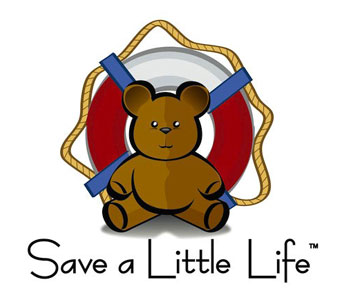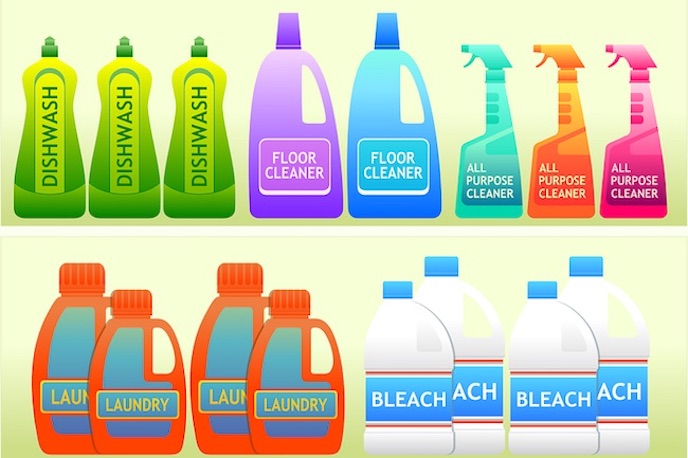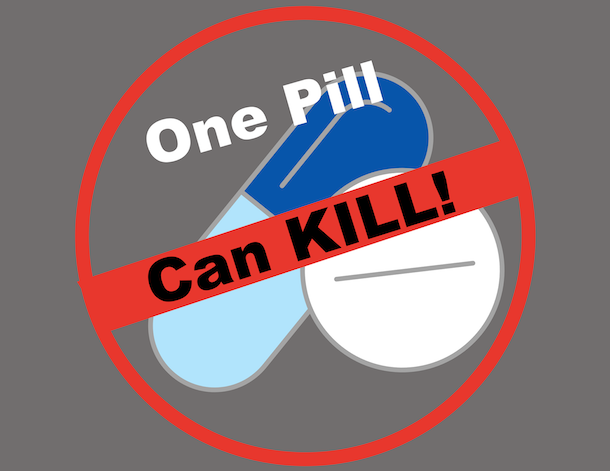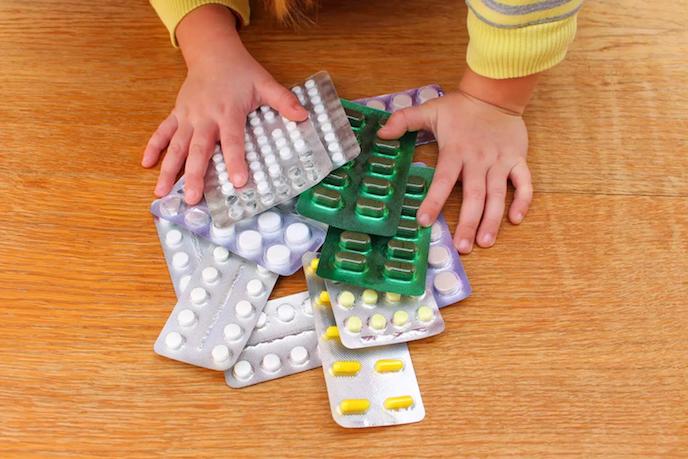California authorities recently seized 2.2 million illicit cannabis packages designed to look like popular food snacks and candy. The sting operation focused on 11 storefronts in the city’s Toy District where businesses were making and selling packaging used to deceive customers.
According to the L.A. Times, “The packages seized in the sweep were empty, but designed to mimic popular food and candy, including Sweet Tarts sour gummies and Twinkies adorned with rainbow sprinkles, which officials said could make them attractive to children. Such packages would not be permitted in the legal marijuana market.”
Under state law, cannabis goods must be labeled to ensure that consumers know what they are buying and to prevent products from being misused. Sellers are required to have packaging that is child-resistant, resealable and opaque if it’s an edible product. Vetted products feature a marijuana leaf symbol and an exclamation mark inside a triangle.
Unfortunately, the illegal weed market is aware of this, so some are now illegally creating packaging with a forged seal to sell their black market products.
Each of the seized packages was labeled with a forged California marijuana seal, giving would-be purchasers the false impression that the products inside had been vetted by the state.

Obviously, this poses a danger to consumers.
Governor Newsom responded stating “We will not tolerate criminal activity that undermines the legal market, especially when it puts children at risk.”
Department of Cannabis Control Director Nicole Elliot added that such counterfeit packaging can potentially pose danger to consumers, “especially when it is ripping-off well-known brands that are attractive to children.”
Why is cannabis such a risk to children?
Children react very differently to cannabis than adults. Their reaction is extremely variable with symptoms varying from none at all to a coma. In a previous post we took a look at this issue and why it has become such a concern. You can find that article Cannabis Poisoning In Children Is On The Rise here.
In our Pediatric CPR & Family Safety Class we always discuss potential risks to little ones who might accidentally consume any substance that might harm them. Our emphasis is on the 4 specific groups of potential toxins including drugs (of all kinds), plants, flowers and common chemicals used around the home for cleaning.

We strongly recommend the following guidelines:
• Keep all medications well hidden and out of sight of toddlers and children
• Be aware that little ones are always observing adults and might think that what they consume is OK for them
• Know the toxicity of common (indoor plants) as well as those in your garden
• All chemicals used for cleaning, disinfecting, or insecticides must be kept well out of reach and in cabinets that have good quality locks



